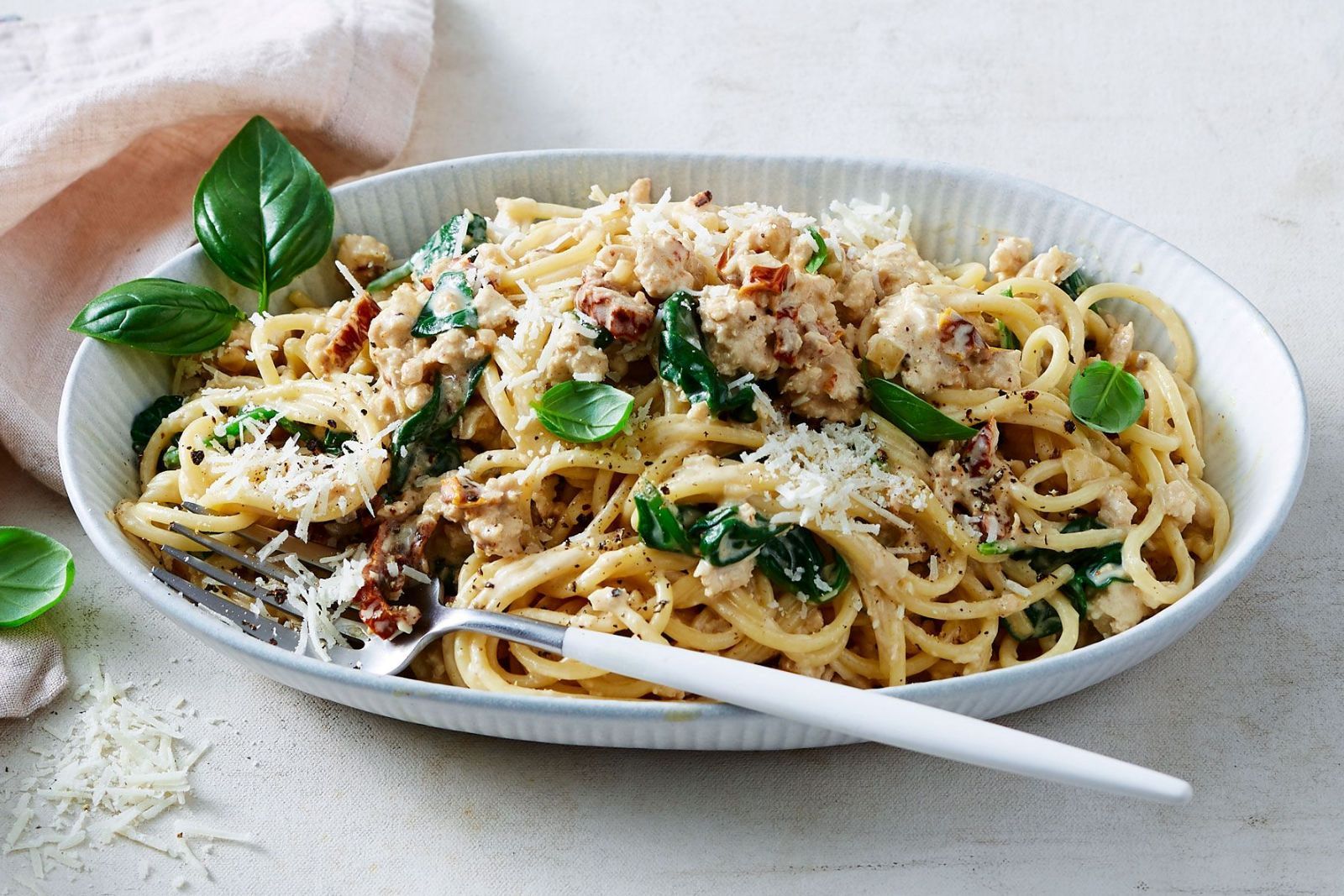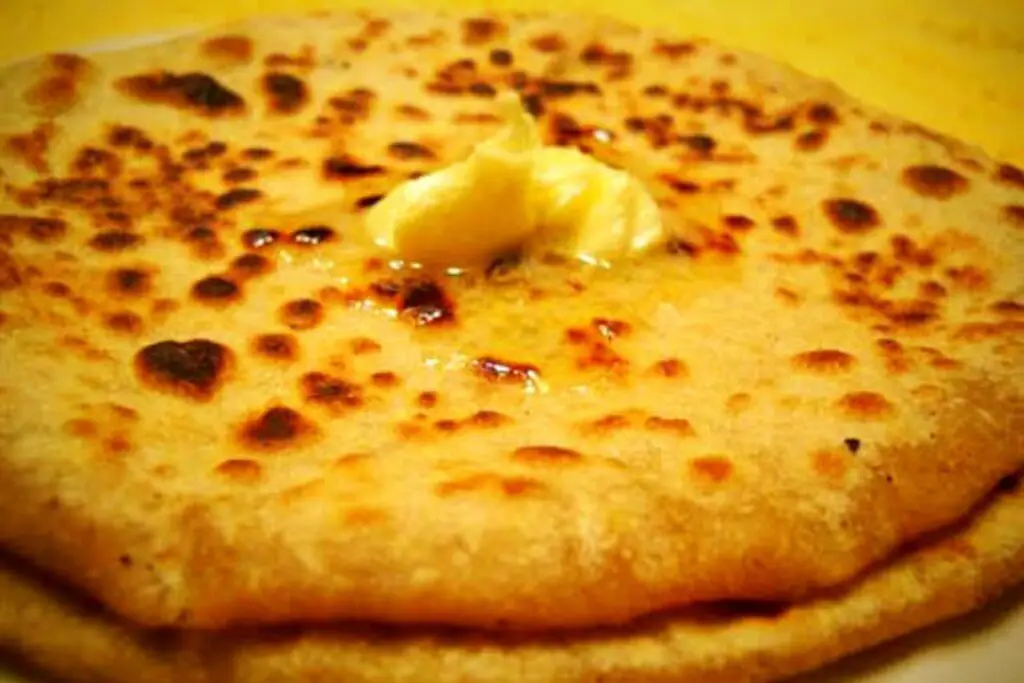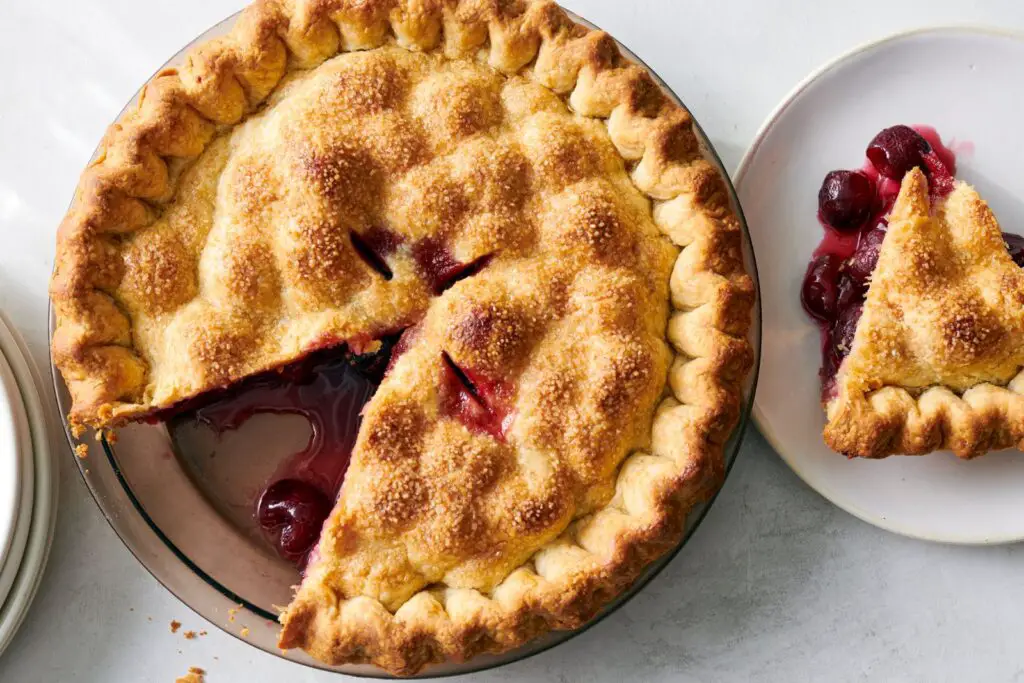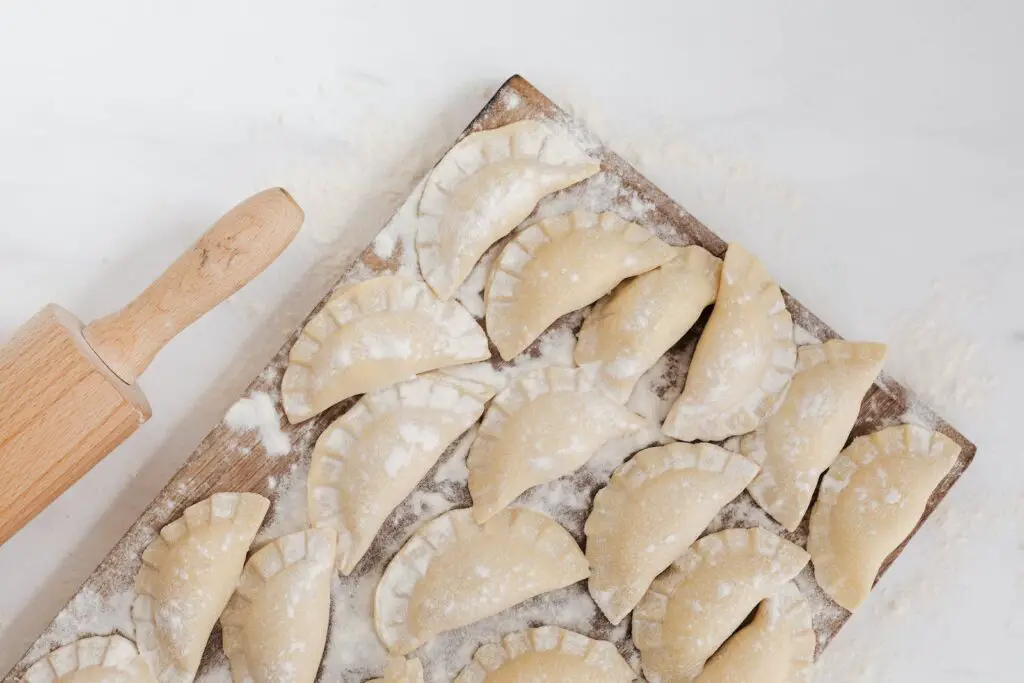
Chicken spaghetti is a delicious and comforting dish that combines tender chicken, flavorful sauce, and al dente pasta. Whether you’ve made a large batch or want to prepare ahead for future meals, freezing chicken spaghetti is a convenient way to preserve its flavors and have a quick and easy meal option on hand. By properly storing and freezing your chicken spaghetti, you can ensure that it retains its taste, texture, and overall quality when thawed and reheated. Freezing this hearty and satisfying dish allows you to enjoy its savory goodness whenever you crave a comforting and effortless dinner.
To freeze chicken spaghetti, follow these simple steps:
Step 1: Allow the chicken spaghetti to cool down.
When hot food is placed in a container and immediately frozen, it can create condensation, which can cause ice crystals to form and result in freezer burn. This can affect the texture and flavor of the food, making it tough, dry, and less enjoyable to eat.
By allowing the chicken spaghetti to cool down to room temperature, you’re giving it time to release any excess heat and moisture, which helps to prevent condensation from forming. Additionally, cooling the food to room temperature can also help to prevent bacterial growth that can occur when food is left at a temperature between 40°F and 140°F, which is known as the danger zone.
Cooling the chicken spaghetti to room temperature can be done by spreading it out in a single layer in a shallow dish or baking sheet. This allows for better heat dissipation and can speed up the cooling process. You can also stir the chicken spaghetti occasionally to help release any trapped heat.
Step 2: Portion the chicken spaghetti.
Portioning the chicken spaghetti before freezing is an important step to ensure that you can thaw and reheat only what you need, which can help to prevent food waste and save time. There are several factors to consider when deciding how to portion your chicken spaghetti, such as the size of your freezer, the number of people you’re feeding, and your personal preferences.
If you’re freezing chicken spaghetti for a family, it’s usually best to portion it into family-sized servings, which can vary depending on the number of people you’re feeding. A good rule of thumb is to portion the chicken spaghetti into enough servings to feed each person one full meal. You may want to consider using larger containers or freezer bags to store family-sized servings, to help save space in the freezer.
Alternatively, if you’re freezing chicken spaghetti for individual meals, it’s best to portion it into single servings. This can help you to quickly and easily grab a meal whenever you need it, without having to thaw and reheat more than you need. You can use smaller containers or freezer bags for individual portions, which can be stored in the freezer more efficiently.
Step 3: Transfer the chicken spaghetti into an airtight freezer-safe container.
Freezer burn occurs when food is exposed to air and moisture, which causes dehydration and can result in changes to the texture and flavor of the food.
Freezer-safe containers or bags should be made of materials that can withstand freezing temperatures and are airtight to prevent air and moisture from entering. These containers can be made of materials such as plastic, glass or metal, but it’s important to check that they are labeled as freezer-safe to ensure that they can withstand the extreme temperatures of the freezer.
When transferring the chicken spaghetti, it’s important to fill the containers or bags only 3/4 full to leave room for expansion during freezing. This is especially important for liquids or saucy dishes like chicken spaghetti that can expand when frozen. You can also remove any excess air from the container or bag by pressing it down gently before sealing it tightly.
Can I freeze chicken spaghetti in a glass dish?
Yes, you can freeze chicken spaghetti in a glass dish as long as the dish is freezer-safe. However, it’s important to allow the spaghetti to cool to room temperature before placing it in the dish to avoid cracking or breaking the dish due to sudden temperature changes. When reheating frozen chicken spaghetti in a glass dish, it’s best to thaw it in the refrigerator overnight to minimize the risk of the dish cracking or breaking.
Step 4: Place the containers in the freezer.
Placing the containers or bags of chicken spaghetti in the freezer is the final step in the freezing process, which ensures that the food is kept at a temperature below 0°F (-18°C) to prevent bacterial growth and maintain the quality of the food.
When placing the containers or bags in the freezer, it’s important to make sure they are stored flat to save space. This allows for better air circulation and faster freezing, which can help to maintain the quality of the food. Storing the containers or bags upright can cause the food to freeze unevenly, resulting in freezer burn or changes in texture.
It’s also important to make sure that the containers or bags are not overcrowded in the freezer, as this can hinder air circulation and affect the freezing process. You may want to consider rearranging your freezer to create enough space for the chicken spaghetti containers or bags, or using a chest freezer if you have a large amount of food to freeze.
How long can chicken spaghetti last in the freezer?
Chicken spaghetti can be safely stored in the freezer for approximately 2 to 3 months but this can vary depending on the quality of the food, the type of freezer, and other factors. It’s a good idea to periodically check the frozen chicken spaghetti for signs of freezer burn or spoilage, such as changes in color, texture, or odor.
Other related questions
How do you defrost chicken spaghetti?
The best way to defrost chicken spaghetti is to transfer it from the freezer to the refrigerator and let it thaw overnight. This slow-thawing method ensures that the spaghetti thaws evenly and reduces the risk of bacterial growth. If you’re in a hurry, you can defrost the spaghetti in the microwave using the defrost setting or by placing it in a resealable plastic bag and submerging it in a bowl of cold water, changing the water every 30 minutes until it’s fully thawed. Avoid thawing chicken spaghetti at room temperature as this can increase the risk of bacterial growth.
How many times can I freeze and thaw chicken spaghetti?
It’s generally not recommended to refreeze previously frozen chicken spaghetti. Each time you freeze and thaw the spaghetti, it can potentially cause a loss in quality and increase the risk of foodborne illness. If you have leftover frozen chicken spaghetti that you’ve already thawed and reheated, it’s best to consume it within a few days, rather than refreezing it. It’s important to always follow safe food handling practices to minimize the risk of foodborne illness.
How do I know if my frozen chicken spaghetti has gone bad?
If your frozen chicken spaghetti has gone bad, you may notice changes in its appearance, texture, and smell. Signs that the spaghetti has gone bad include a sour or rancid smell, mold growth, freezer burn, and a change in texture, such as a mushy or slimy consistency. If you notice any of these signs, it’s best to discard the spaghetti rather than risk eating spoiled food, which can cause foodborne illness. It’s important to always practice safe food handling and storage to minimize the risk of food spoilage.
Can I refreeze chicken spaghetti that has been previously thawed?
Refreezing chicken spaghetti that has been previously thawed is generally not recommended. Each time you freeze and thaw the spaghetti, it can potentially cause a loss in quality and increase the risk of foodborne illness. If you have leftover chicken spaghetti that you’ve already thawed, it’s best to consume it within a few days, rather than refreezing it. It’s important to always follow safe food handling practices to minimize the risk of foodborne illness.
Can I freeze chicken spaghetti with cooked or raw chicken?
Yes, you can freeze chicken spaghetti with either cooked or raw chicken. However, it’s important to ensure that the chicken is cooked to an internal temperature of at least 165°F before freezing to ensure it’s safe to eat. If you’re using raw chicken, it’s best to cook it before adding it to the spaghetti to minimize the risk of foodborne illness. When reheating frozen chicken spaghetti with cooked chicken, make sure to cook it thoroughly to an internal temperature of at least 165°F to ensure it’s safe to eat.
How do I reheat frozen chicken spaghetti?
To reheat frozen chicken spaghetti, thaw it overnight in the refrigerator or use the defrost setting on your microwave. Then, transfer it to a saucepan or skillet with a little bit of extra liquid or cream to help restore the sauce’s creaminess. Heat the spaghetti over medium heat, stirring occasionally, until it’s heated through to an internal temperature of at least 165°F. Avoid overcooking the pasta, as it can become mushy and lose its texture.
Can I freeze chicken spaghetti without any sauce?
Yes, you can freeze chicken spaghetti without any sauce. However, without sauce, the spaghetti may become dry and lose flavor after freezing and reheating. To prevent this, it’s best to add a small amount of oil or butter to the spaghetti before freezing to help it retain moisture. When reheating frozen chicken spaghetti without sauce, you may want to add a small amount of broth or water to help loosen it up and restore its moisture.
Can I freeze chicken spaghetti with wine in the sauce?
Yes, you can freeze chicken spaghetti with wine in the sauce. However, the alcohol content in the wine may affect the texture and flavor of the dish after freezing and reheating. To minimize this issue, it’s best to use a dry white or red wine and only add a small amount to the sauce. When reheating frozen chicken spaghetti with wine in the sauce, it’s important to heat it thoroughly to allow the alcohol to evaporate and ensure it’s safe to eat.
Can I freeze chicken spaghetti with dairy-free cheese?
Yes, you can freeze chicken spaghetti with dairy-free cheese. However, dairy-free cheese tends to have a different texture than regular cheese and may become grainy after freezing and reheating. To minimize this issue, it’s best to use dairy-free cheese that is specifically labeled as being suitable for freezing. When reheating frozen chicken spaghetti with dairy-free cheese, it’s important to be gentle and avoid overcooking it to prevent the cheese from becoming grainy.
Can I freeze chicken spaghetti with gluten-free pasta?
Yes, you can freeze chicken spaghetti with gluten-free pasta. However, gluten-free pasta tends to have a softer texture than regular pasta and can become mushy after freezing and reheating. To minimize this issue, it’s best to slightly undercook the gluten-free pasta before adding it to the chicken spaghetti. When reheating frozen chicken spaghetti with gluten-free pasta, it’s important to be gentle and avoid overcooking the pasta to prevent it from becoming mushy.
Is it safe to freeze chicken spaghetti with vegetables?
Yes, it’s safe to freeze chicken spaghetti with vegetables. However, some vegetables, such as lettuce and cucumber, do not freeze well and may become mushy after thawing. To minimize this issue, it’s best to use vegetables that hold up well to freezing, such as carrots, peppers, and broccoli. You can also blanch vegetables before adding them to the spaghetti to help preserve their texture and color. Overall, as long as the chicken and vegetables are cooked thoroughly before freezing, they should freeze and reheat safely.
Can I freeze chicken spaghetti with cream sauce?
Yes, you can freeze chicken spaghetti with cream sauce, but the texture of the sauce may change after thawing and reheating. The sauce may separate or become grainy, which can affect the overall taste and quality of the dish. To minimize these issues, it’s best to undercook the pasta slightly before freezing and avoid overcooking it when reheating. Adding a little extra liquid or cream to the sauce when reheating can also help to restore its creaminess.








